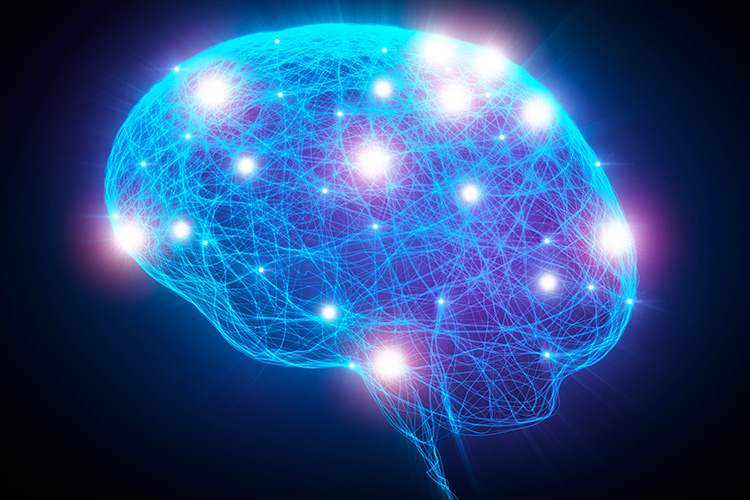Four projects garner $1.7 million from federal BRAIN initiative

Four UC Berkeley research teams will share $1.7 million from the federal government’s BRAIN initiative, part of $70 million in new grants announced Thursday, Oct. 13, by the National Institutes of Health.
This is the third round of grants to support the goals of the Brain Research through Advancing Innovative Neurotechnologies (BRAIN) Initiative announced three years ago by President Barack Obama. The announcement coincided with a speech Obama delivered about his administration’s eight years of scientific achievements at the White House Frontiers Conference in Pittsburgh, Pennsylvania, hosted by Carnegie Mellon University and the University of Pittsburgh.
Jose Carmena, a professor of electrical engineering and computer sciences and a member of the campus’s Helen Wills Neuroscience Institute, will receive $225,000 from the National Eye Institute to test newly developed wireless sensors, dubbed neural dust, to record activity in the central nervous system. Carmena and UC Berkeley’s Michel Maharbiz first reported these miniaturized sensors, which are a couple of millimeters across, earlier this year.
Laura Waller, the Ted Van Duzer Endowed Associate Professor in the Department of Electrical Engineering and Computer Sciences, received $225,000 from the National Eye Institute and the National Institute of Neurological Disorders and Stroke to develop compressive light field microscopy to optogenetically track neural activity.
David Feinberg, an adjunct professor with the Helen Wills Neuroscience Institute, will receive $1.2 million from the National Institute of Mental Health to further develop magnetic resonance corticography to study the organization and neuronal circuitry in the brain. MR corticography or cortical MRI reveals changes in much smaller regions of the brain, identifying the cellular layers of the cortex.
Marla Feller, a professor of molecular and cell biology, will receive $100,000 from the National Institute of Mental Health to develop a high-speed volumetric multiphoton microscope for the study of developing neural circuits in the retina. Her main interest is the spontaneous activity that sets up the functional circuits in the developing nervous system.
These awards were among more than 100 totaling more than $70 million to over 170 investigators working at 60 institutions.
“This year, more projects will be based, at least in part, on data from humans,” said Dr. Joshua Gordon, director of NIMH. “Some of these projects are aimed at fine-tuning brain stimulation and other promising technologies for the treatment of mental illnesses.”
